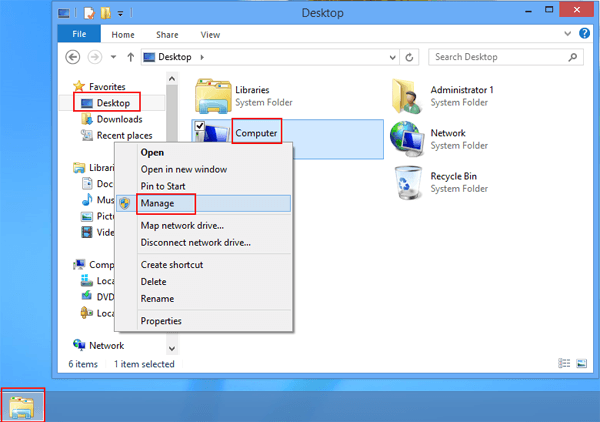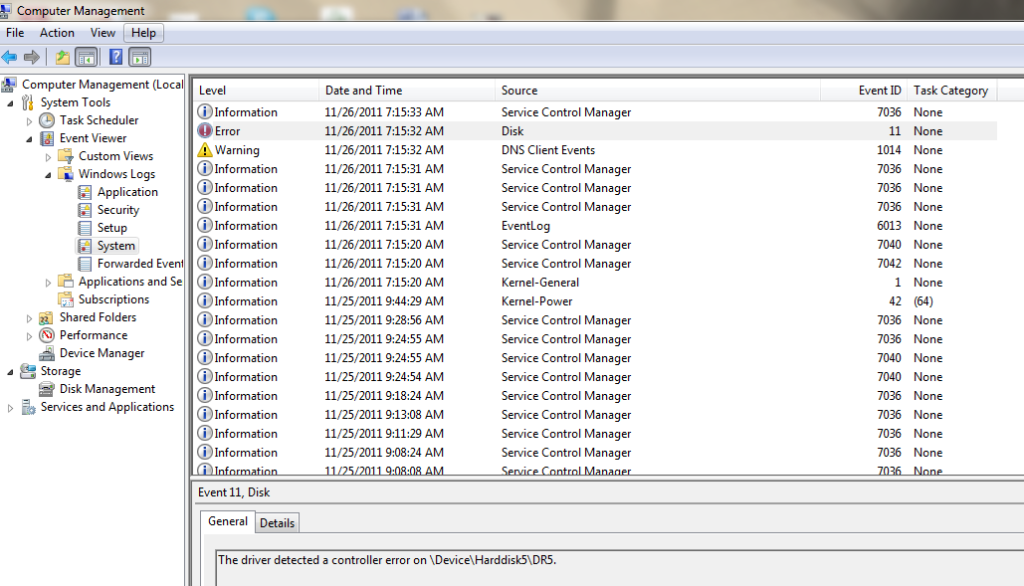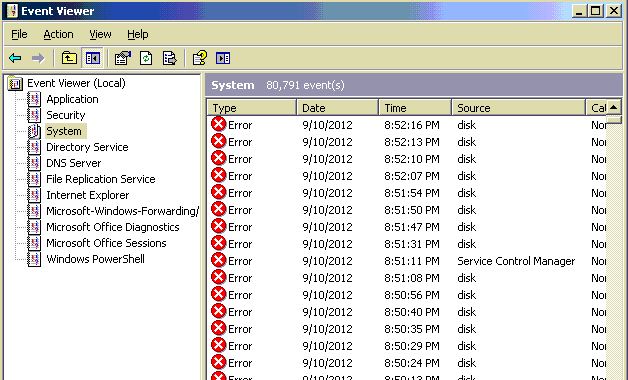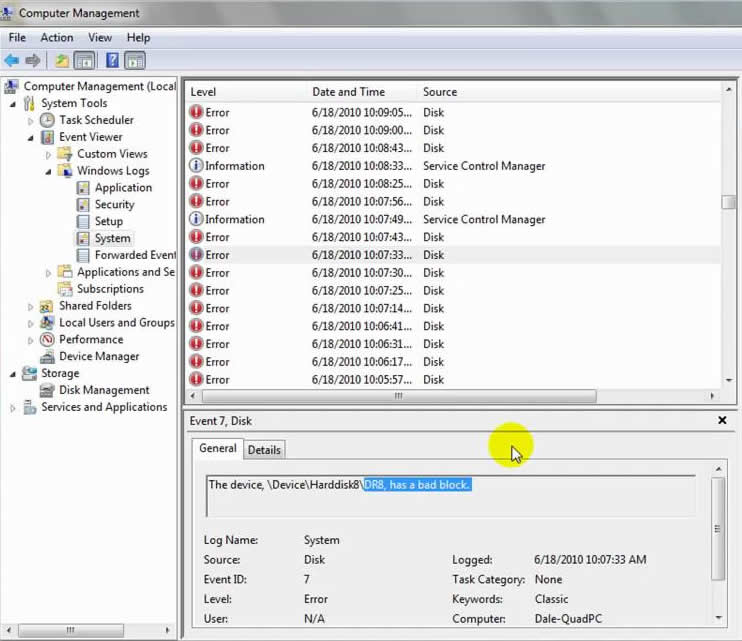System Lock Up Vs Blue Screen of Death
We have all seen or at least heard of the Blue Screen of Death (BSOD) in Windows. It's the dreaded screen that pops up while you are working on an important doc or listening to music or playing your favorite game. It leaves you with a cryptic error message that no human can understand and usually reboots your PC immediately afterwards. Blue screen messages are indeed cryptic because they signify that something major has happened that Windows can NOT recover from. Troubleshooting Blue Screens and lock ups in Windows can be difficult.

Typical Reasons for a Blue Screen
Well these are one of the hardest errors to troubleshoot on a Windows PC. The BSOD was much more popular in Windows XP but with Windows 7, Microsoft has done a much better job of handling critical errors in a nicer way. Nevertheless, when you get them what should you do? Well we get this type of call at BoxAid remote computer support all the time and they can be difficult to troubleshoot. If your PC was running fine for a long period of time and the BSOD appeared out of no where then you may want to look at the last major software change you made to your computer. Whatever it was such as updating a driver or installing a new piece of software, you may want to revert it back to the way it used to be. Then use your PC for a few days to see if the error comes back. If it doesn't then you know that last piece of software you installed was the culprit. Other reasons for a blue screen in Windows may include:
- Hardware failure like a dying hard drive or motherboard.
- A newly updated driver for a critical component like the graphics card.
- Application conflicts like similar programs running at the same time.
Blue Screen Because of a Failing Hard Drive
If you haven't made any major changes and your PC was running fine for a long time then one of the most common reasons of the BSOD or random lock ups where your machine and your mouse freeze is a failing hard drive. Hard drives generally only have a life span of 3 to 5 years regardless of who made the hard drive. The longest hard drive life we have ever seen from one of our customers at Boxaid was approximately nine years but that was an anomaly. This is very rare. Needless to say hard drives will eventually die and that's why we always stress the importance of good backups. You never know when your hard drive is going to give up on you. So how do you confirm that your hard drive is failing? You can usually find some evidence of it in your Windows Event Viewer.
Right Click on the My Computer icon on your desktop and choose "Manage". This will bring up your local Computer Manager.

From there choose your event viewer area on the left where you will see three categories below it.

Choose the System Event Viewer and start looking through the log on the right focusing on the Source Column.

In particular, you are looking for the Source being "Disk" Double click on that entry and look at the details.

If you see some kind of disk failure you will know that there is some kind of problem with the hard drive. If your drive/PC is fairly new there should be no errors at all. If your drive/PC is over three years old then there is a good chance that your drive is starting fail and its only a matter of time before you will not be able to boot your computer at all. Of course you should make a backup immediately and look into replacing your hard drive.
Boxaid is a remote computer repair company and we can't replace your hard drive but we can can certainly let you know that its time for a new one and make some recommendations. Give us a call at 800-999-6872 or visit our home page to learn more.
Source: https://www.boxaid.com/blog/how-to-troubleshoot-bluescreen-and-lock-ups-in-windows/
0 Response to "System Lock Up Vs Blue Screen of Death"
Post a Comment